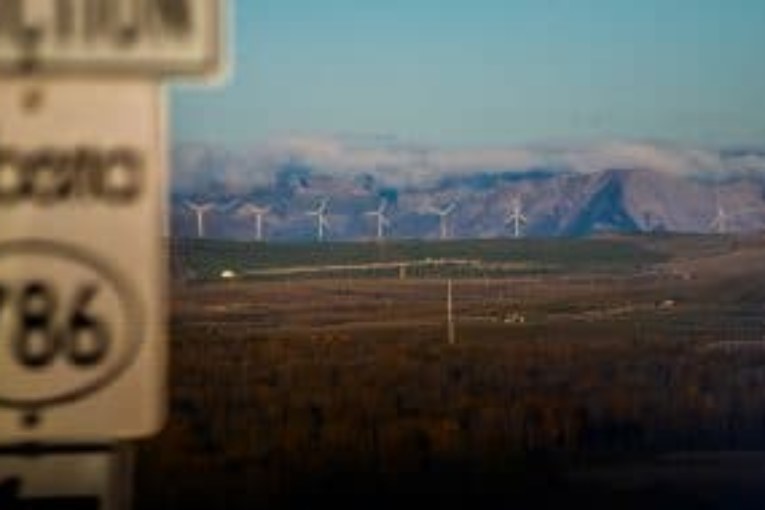
Lots of words and plenty of column inches have been devoted here in Alberta to speaking doom on renewables, specifically on the role they’ll play as our government undertakes its coal generation phase-out.
Renewable energy has been called an expensive venture in ideological and political brinksmanship. Nothing could be further from the truth.
Wind energy, especially in Alberta, isn’t a journey into the unknown. It’s a mainstream electrical generation technology relied upon across Canada and around the world—one that saw its Canadian birth in the foothills in this province’s southwest well over a decade ago.
Wind energy has been the largest source of new electricity generating capacity in Canada over the last 10 years—that’s according to the National Energy Board.
Detractors often choose to reference experiences in other provinces as proof of their fears about viability, risk and, most often, the supposed high cost of renewables.
Here’s the truth: wind energy and natural gas are the most cost-competitive forms of new electricity generation available in Canada today. Recent competitive wind energy procurements in Ontario and Quebec resulted in contracts for new wind energy below 7 cents per kilowatt-hour.
The intensely competitive process that will be used to procure wind energy in Alberta will ensure that Albertans get low cost electricity and will see wind energy proponents repay taxpayers if market prices for electricity exceed the levels they sought for the power.
Alberta has the benefit of being able to build on lessons learned in other jurisdictions. We’re a province that has always built our successes by applying what we’re good at and by learning from what has, and hasn’t, worked.
That’s why both Alberta and Saskatchewan are moving towards a blend of wind and natural gas to replace existing coal-fired power plants. This mix is not only a low-cost option that can provide long-term and sustainable greenhouse gas emission reductions, it also pairs two technologies that can work in a complementary manner to provide clean, reliable and affordable electricity for Albertans. In fact, Saskatchewan is pursuing a 10-fold increase in wind energy capacity by 2030.
Last week’s signing of the Pan-Canadian Climate Plan was a watershed moment for our country. It’s a bold initiative that ensures Canada leads the way in the new environmental reality, while fulfilling COP21’s 2030 goal of reducing greenhouse gas emissions by 30 per cent below 2005 levels.
A national carbon price framework is the nexus of this goal, with last week’s agreement setting an emission price of $10 per tonne in 2018, rising to $50 by 2022. Alberta’s own Climate Leadership Plan put us ahead of the curve in meeting these goals.
Rest assured: Alberta is treading a made-in-Alberta path that joins a growing movement to reduce—and eventually eliminate—the health and environmental risks inherent with coal-fired generation.
At the same time, Alberta is working towards increasing the amount of power sourced from renewable energy sources like wind, a move that will also reduce the inevitable carbon-cost risks of fossil fuel use.
The provincial government’s plan will benefit from steady declines in the cost of wind energy, which multiple studies have shown have dropped by anywhere between 30 and 60 per cent over the past six years, thanks to ongoing advancements in wind energy technology.
Albertans know more than anyone that we’re facing challenging times.
We have many hurdles to overcome as we return to economic growth, but know that wind energy is part of the solution, not the problem.
With wind energy, we will diversify and bolster our economy by attracting investment and creating jobs in a technology that will make an important contribution to our transition to lower-carbon energy use.
Featured photo: Bryan Passifiume/CanWEA
Prairies Regional Director at the Canadian Wind Energy Association
You can read more of the news on source



